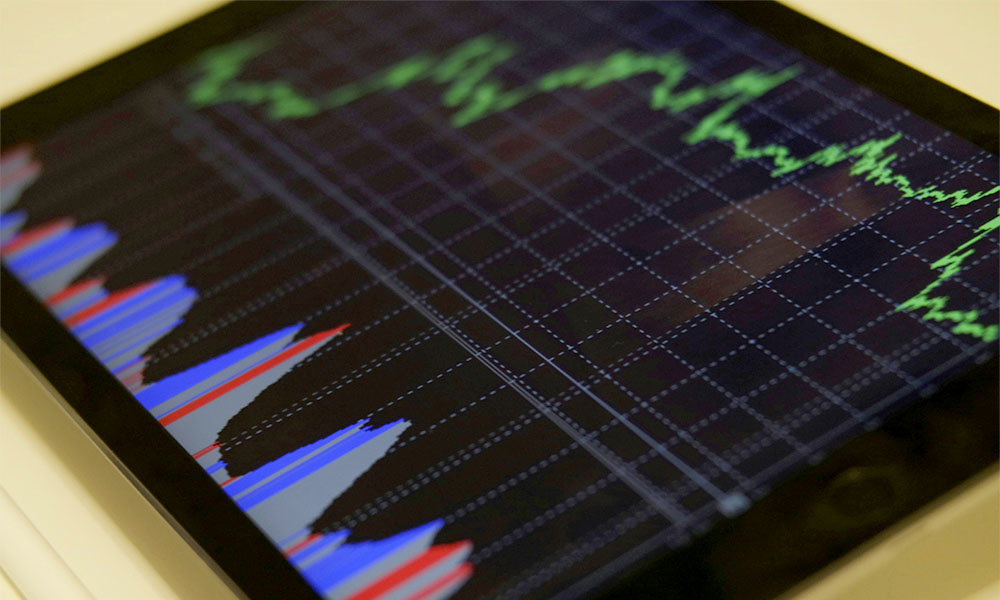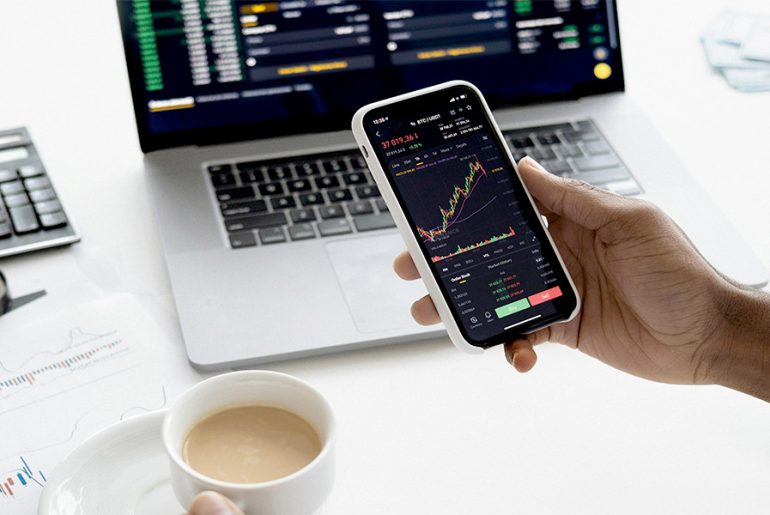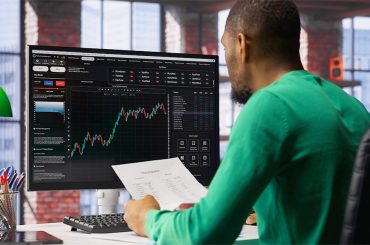Look, I’ve been staring at charts for years now, and there’s this debate that keeps coming up in investment circles. Should you go with European markets or stick with good old American stocks? When you’re looking at FintechZoom STOXX 600 vs S&P 500 data, the choice isn’t as obvious as most people think.
Here’s the thing I used to be one of those “America first” investors. Big mistake, actually. Took me way too long to realize that putting all your eggs in one geographic basket, no matter how shiny that basket looks, probably isn’t the smartest move.
The STOXX 600 pulls together businesses from seventeen nations across Europe. We’re talking about 600 businesses that range from tiny innovative firms to absolute giants. On the flip side, the S&P 500 zeroes in on America’s biggest 500 corporations basically the heavy hitters of Wall Street.
Breaking Down These Two Beasts
So what exactly are we comparing here? The STOXX 600 is basically Europe’s answer to broad market coverage. It’s got companies from everywhere Germany’s industrial powerhouses, France’s luxury brands, Switzerland’s pharmaceutical wizards. About 90% of Europe’s total stock market value sits in this index.
The S&P 500? Well, that’s America flexing its muscles. This collection of 500 businesses makes up about four-fifths of America’s entire stock market value. But here’s where it gets interesting – and maybe a bit scary depending on your risk tolerance.
I remember back in 2018 when everyone was going crazy about FAANG stocks. Facebook, Apple, Amazon, Netflix, Google. The S&P 500 started leaning more and more heavily on these technology behemoths. Great when they’re flying high, not so great when they stumble.
Geography Matters More Than You Think
Europe’s Scattered Approach
One thing that always surprised me about European investing was the currency aspect. You’re not just betting on companies – you’re also making currency plays whether you realize it or not. Your STOXX 600 investment might include euros, British pounds, Swiss francs, Swedish kronor… the list goes on.
Some investors hate this complexity. Me? I’ve learned to see it as free diversification. When the dollar gets too strong, sometimes European currencies provide a nice cushion. When European currencies tank, well… that’s a different story.
European companies tend to be more conservative too. They’re not chasing the next unicorn or trying to disrupt entire industries overnight. It’s more like, “We’ve been making quality products for 150 years, and we’ll keep doing that.” There’s something comforting about that approach, even if it doesn’t make for exciting cocktail party conversations.
America’s All-In Strategy
The S&P 500 is pure dollar exposure. If you’re American, this eliminates currency headaches completely. If you’re not American… well, you better have an opinion on where the dollar’s headed.
American companies play a completely different game. They’re obsessed with growth, disruption, market domination. Sometimes this creates incredible wealth look at what Amazon did over the past two decades. Sometimes it creates spectacular failures that wipe out billions in market cap overnight.
There’s this relentless optimism in American markets that can be both inspiring and terrifying. Companies will burn through cash for years chasing growth, betting that scale will eventually lead to profitability. European companies would never dream of operating this way.
Sector Breakdown: Old World vs New World
STOXX 600’s Balanced Mix
European markets still respect traditional industries in ways that American markets sometimes don’t. Pharmaceutical powerhouses like Roche and Novartis hold major influence in the index. So do banks, energy companies, and industrial firms.
This creates interesting opportunities. When oil prices spike, European energy stocks benefit just like American ones. When there’s a healthcare breakthrough in Switzerland, European markets can outperform. But when the next hot tech trend emerges, Europe often gets left behind.
I’ve noticed European companies excel in areas Americans sometimes ignore. Luxury goods, specialty chemicals, precision manufacturing these might not be sexy growth stories, but they generate steady profits year after year.
S&P 500’s Tech Concentration
Want to know what makes me nervous? Just seven businesses now own more than a quarter of the whole S&P 500. Apple, Microsoft, Alphabet, Amazon, Tesla, Meta, Nvidia. Seven companies out of 500.
This concentration created amazing returns during the tech boom. But concentration also creates risk. When tech stocks had their rough patch in early 2022, the entire S&P 500 felt the pain. Diversification only works if you’re actually diversified.
The crazy part? These companies keep growing. Apple’s total value actually dwarfs the combined worth of many nations’ complete equity markets. At what point does concentration become dangerous? Nobody knows for sure.
Performance: The Numbers Game
Who’s Been Winning?
Over the past decade, the S&P 500 crushed European markets. It wasn’t even close. Technology stocks drove American returns to levels that made European investors jealous.
But here’s what the cheerleaders won’t tell you cycles change. I’ve seen periods where European markets outperformed American ones for years at a time. Usually happens when value stocks come back in fashion, or when the dollar weakens significantly.
The STOXX 600’s lower volatility makes for easier sleeping, though. European markets don’t swing as wildly as American ones. Some days I appreciate that stability. Other days I wonder if I’m missing out on bigger opportunities.
Volatility Reality
American markets are like that friend who’s either having the best day ever or the worst day ever there’s no middle ground. The swings can be massive in both directions.

European markets feel more… mature, I guess? Less drama, more steady progress. The question is whether you want excitement or stability in your portfolio. Most of us probably need some of both.
Dividend Differences: Cash Now vs Cash Later
European Dividend Culture
European executives learned long ago that shareholders like getting paid. STOXX 600 firms typically offer better dividend payouts compared to their American counterparts. These European businesses wear their consistent payout history like a badge of honor.
For investors nearing retirement or needing income, this matters a lot. Regular dividend checks can supplement other income sources and make market volatility more bearable.
American Growth Philosophy
S&P 500 companies, especially tech companies, prefer reinvesting profits rather than paying dividends. The logic makes sense if you can generate 20% returns by reinvesting in the business, why pay a 3% dividend instead?
This strategy works brilliantly during growth phases. But it also means you’re entirely dependent on stock price appreciation for returns. No dividends means no cash flow unless you sell shares.
Valuation: Cheap vs Expensive
European Value Play
European STOXX 600 firms regularly sell at cheaper valuation ratios compared to their S&P 500 peers. Price-to-earnings ratios, price-to-book values, enterprise value metrics European stocks look cheaper on almost every measure.
Value investors love this setup. But here’s the thing about value investing sometimes cheap stocks stay cheap for uncomfortably long periods. European markets have been “undervalued” compared to American markets for years now.
American Premium Pricing
S&P 500 companies command higher valuations because investors believe they deserve them. Superior growth rates, market leadership positions, innovation capabilities American companies often justify premium pricing.
The question is whether current premiums accurately reflect future potential or represent dangerous speculation. Market history suggests both scenarios occur regularly, sometimes simultaneously.
What Should You Actually Do?
Honestly? Don’t pick sides. The smartest investors I know maintain exposure to both regions and adjust allocations based on opportunities and market conditions.
Some years European markets lead. Some years American markets dominate. Trying to time these cycles perfectly is nearly impossible. Better to own both and rebalance periodically.
How you split your money between these markets really comes down to where you live, what currencies you need, how much volatility you can stomach, and when you plan to retire. A 30-year-old American investor probably needs different exposure than a 60-year-old European retiree.
What’s great about today’s investment world is you can have both. ETFs make it easy to own both indices with minimal costs and complexity. Why not take advantage of both European stability and American innovation?
Market cycles will continue changing. Economic conditions will shift. Currency relationships will evolve. Having exposure to both major developed market regions positions you to benefit regardless of which way these cycles turn.






